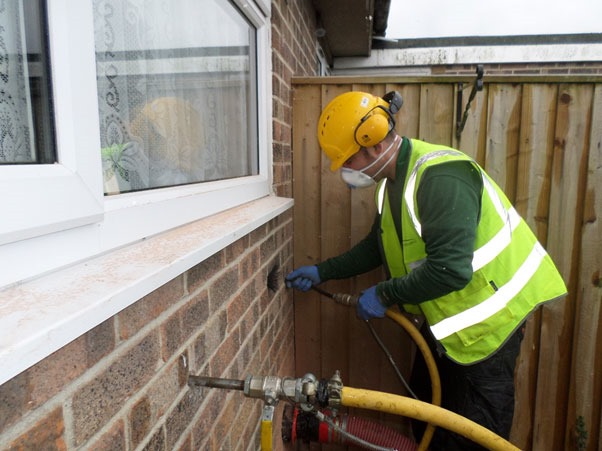Cavity Wall Insulation
A cavity wall consists of two layers separated by a gap called the cavity. The outer layer is typically made of bricks, while the inner layer can be either bricks or concrete blocks. Homes built before 1929 are not likely to have any such cavity gap between the walls. They are more likely to have solid walls—a single, thick layer made of bricks or stone. Only homes built after 1929 likely have a cavity wall. To identify whether you have a cavity or solid wall, examine the external brickwork structure. Cavity walls display a uniform brick pattern with all bricks laid lengthways. Such walls are usually 10cm thick, having a 5 to 8 mm cavity space between the walls. Cavity wall insulation involves filling the gap (or cavity) between the inner and outer walls with insulating material. It significantly reduces heat loss and keeps your home viable for living in extreme climates.
Benefits of Cavity Wall Insulation
- ✔ Absolutely Free: Government grants will cover all the cost of material and installation, putting zero financial burden on homeowners.
- ✔ Reduced energy bills: Reduce heat loss from your property by up to 35%, while saving energy bills by up to by £300 every year.y
- ✔ Warmer, cosier home: Say goodbye to chills and hello to snug comfort, all year round.
- ✔ Improved EPC rating: Improve your Energy Performance Certificate rating, making your property more attractive to buyers and potentially increasing its value.
- ✔ Eco-friendly: Minimise carbon footprint and put your part to protect the planet Earth from the effects of global warming caused by excessive CO2 emission.
